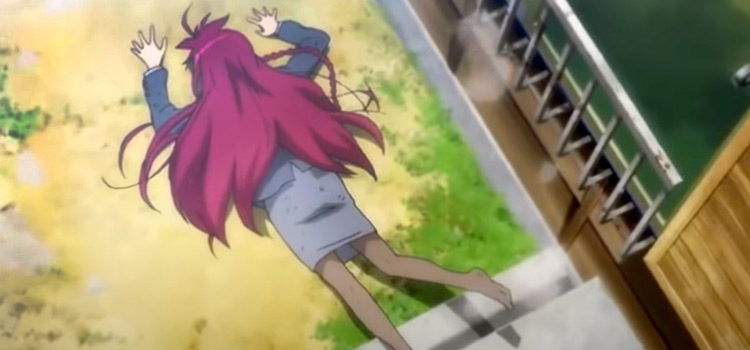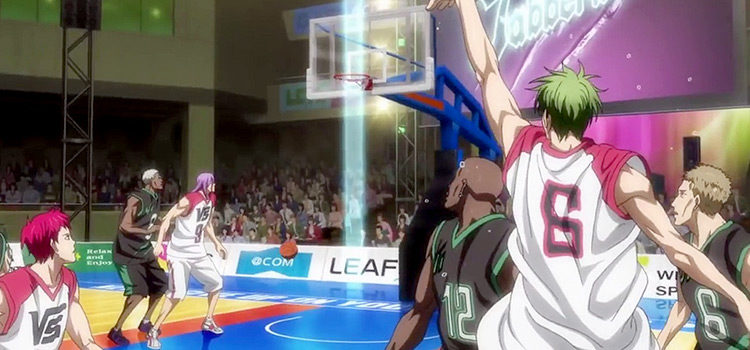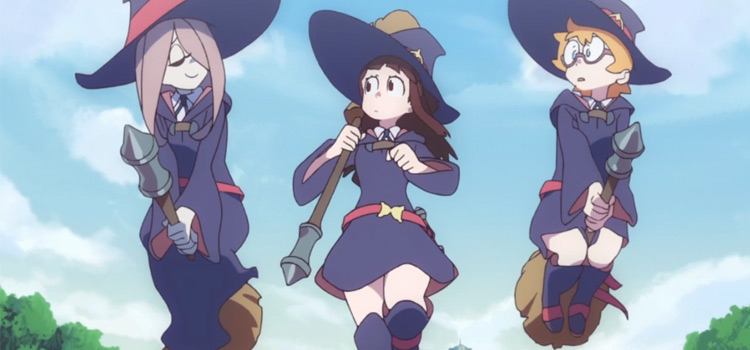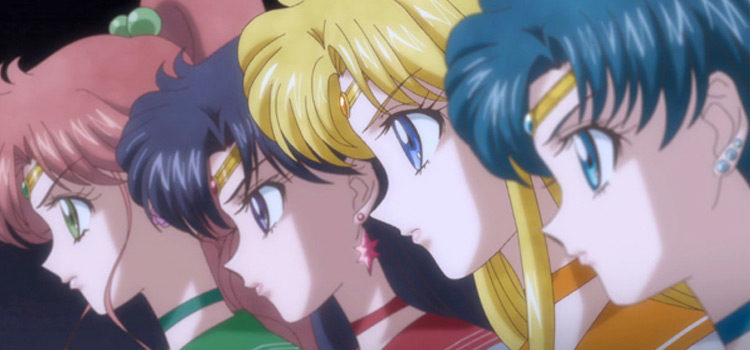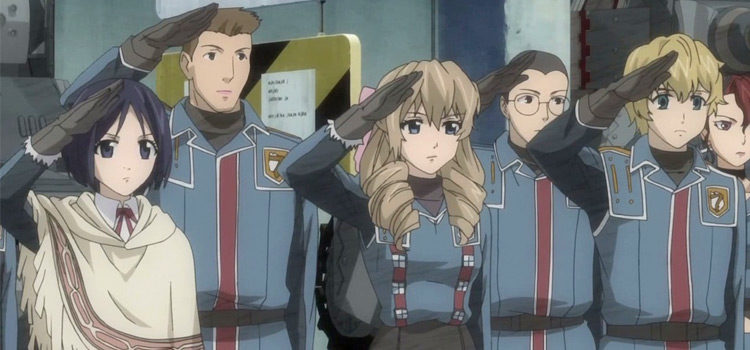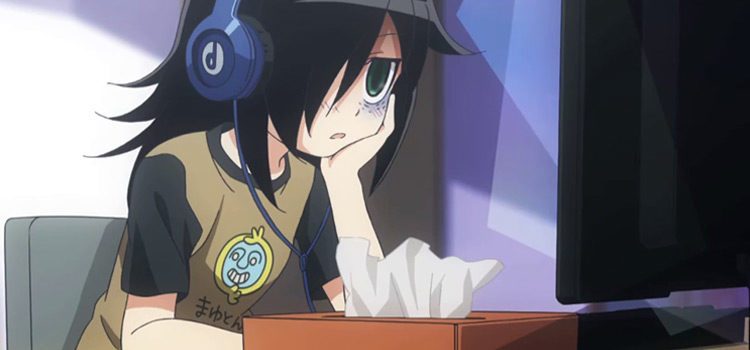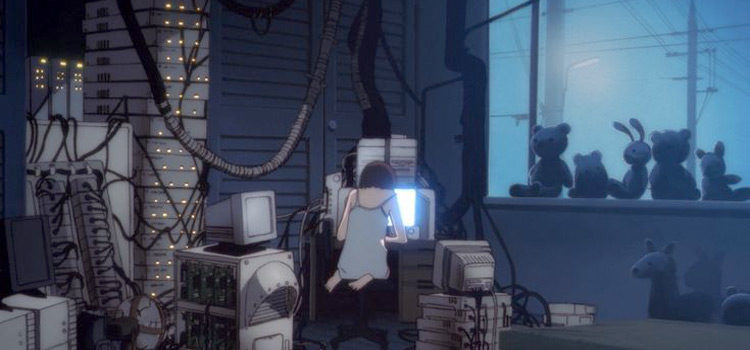Top 25 Anime With The Best Soundtracks Of All Time
This post may contain affiliate links. If you buy something we may get a small commission at no extra cost to you. (Learn more).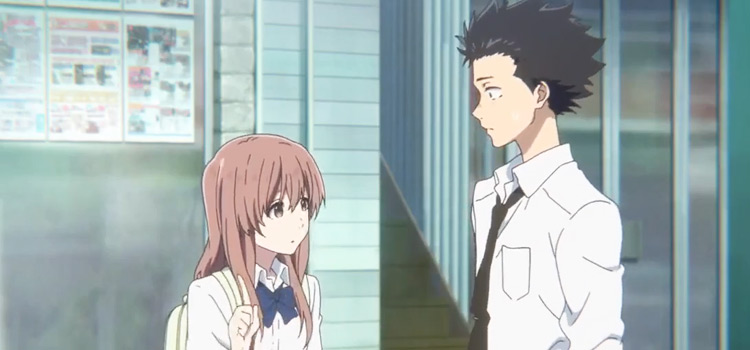
More of than not, music is a valuable element in anime series and films. A catchy opening theme can set the right mood and entice more people to catch the show — and the same goes for any other song in it.
But music is a double-edged sword:
It can elevate a show, but it can also contribute to its ruin (or lackluster reception, at least).
So it’s not just about being a well-produced and beautifully written track. It needs to be placed at the right moments, and evoke memories of the anime even when you’re only listening to the OST.
A good anime soundtrack must contribute to the story, feel attached to the world, and truly stand out. The following OSTs have done that with flying colors.
25. K-On!
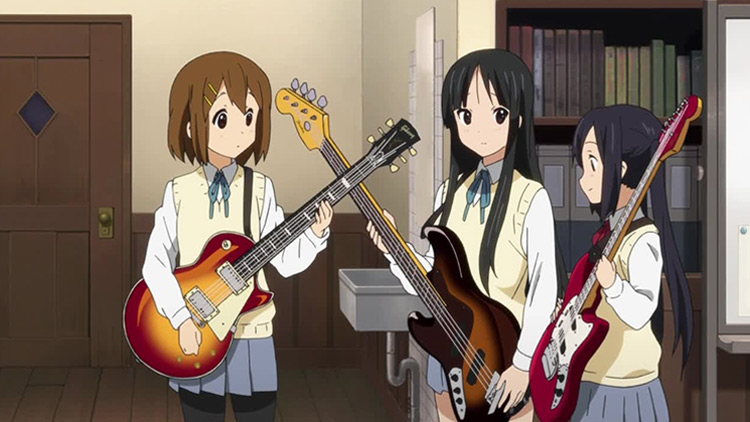
K-On! is a slice-of-life, CGDCT series from Kyoto Animation that revealed the genius of Naoko Yamada.
You can listen to the two lovely mini-albums to hear Yui and the rest sing their cute and rocking songs, but the actual original soundtrack of the series is rewarding in a different way.
K-On! is filled with mundane yet meaningful moments, some even not having any conversations, and it’s the job of the background music and the visuals to highlight the beauty in the ordinary.
People sometimes say how they wish their lives had soundtracks like in the movies. And if that were to come true, I would be delighted to have the tracks here for when I want to do nothing — and perhaps have tea.
24. Shigatsu wa Kimi no Uso (Your Lie in April)
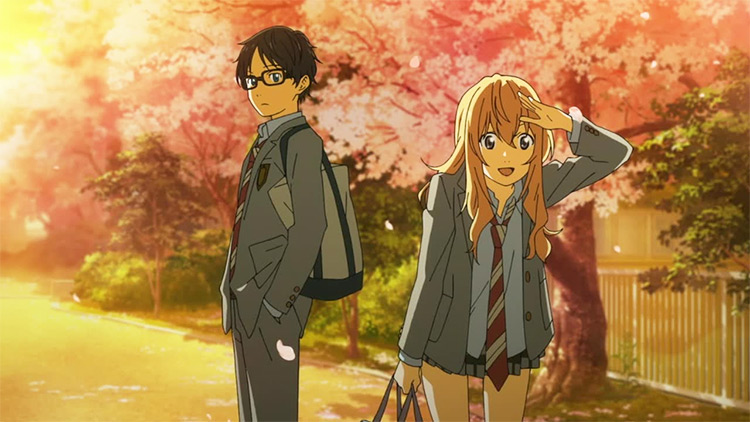
Yes, the opening theme “Hikaru Nara” by the J-pop act Goose house is one of the biggest hits of the past decade.
But don’t ignore the soundtrack.
Some may have expected the OST to contain only instrumental tracks, particularly featuring piano and violin, but it’s actually varied — and that’s how it should be.
Your Lie in April wasn’t all about performing classical music. It had slice-of-life elements, drama, and the familiar feelings of young people making sense of their emotions (especially love).
The OST captures those different parts that altogether make Your Lie in April the beloved show it is.
You do get classical tracks here and there, including the iconic “Watashi no Uso” piano solo and “Yuujin A-kun wo Watashi no Bansousha ni Ninmeishimasu”.
But it also has fluffy, lighthearted, and even groovy entries(looking at you, “Onna Doushi no ‘Kawaii’”).
23. Naruto
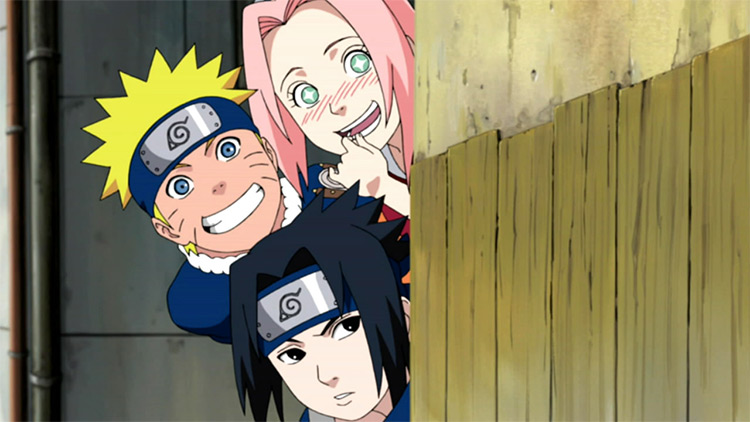
I don’t know when the Naruto franchise will end now that Boruto exists and seems to be making money for its producers, but I’ll always defend the quality music and the diverse instrumentation in the series.
Old fans who’ll listen to “I Said I’m Naruto”, “Survival Examination,” “The Rising Fighting Spirit,” “Glued State,” and “Naruto Main Theme” from the 2003 and 2004 OSTs by Toshio Masuda will easily recall their younger years when afternoons were spent watching the anime on TV.
Plus, the 2003 Naruto OST ends with “wind”, a motivational and self-affirming English track by Akeboshi that’s regarded as one of the best EDs to this day.
22. Violet Evergarden
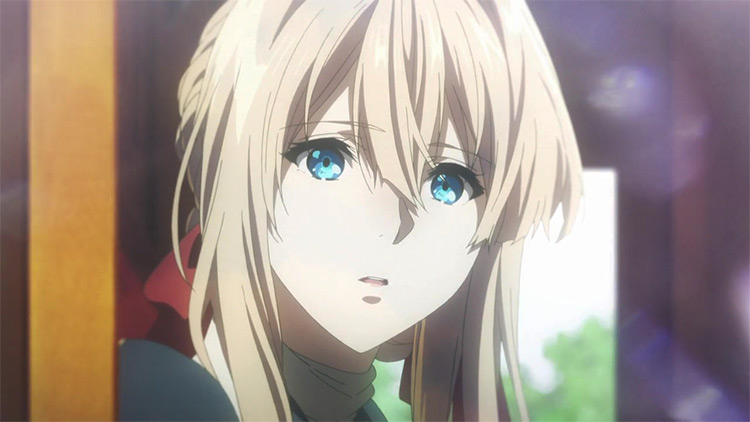
It was difficult not to have high expectations for Violet Evergarden when its teaser came out.
That short clip alone displayed a high level of technical mastery, proving that Kyoto Animation is a master of design and animation.
For the most part, Violet Evergarden met my expectations. And I can’t wait for the movie to be released in my country — I just know its music will be spectacular.
I knew how the two-disc Automemories would sound: a sprawling collection of strings, keys, woodwind, and angelic choruses.
Aside from the appropriately hectic, intense “The Storm” (and the last tracks with vocal performances), the songs are easy on the ears, progressing slowly and steadily on their own aural journeys.
21. Kill la Kill
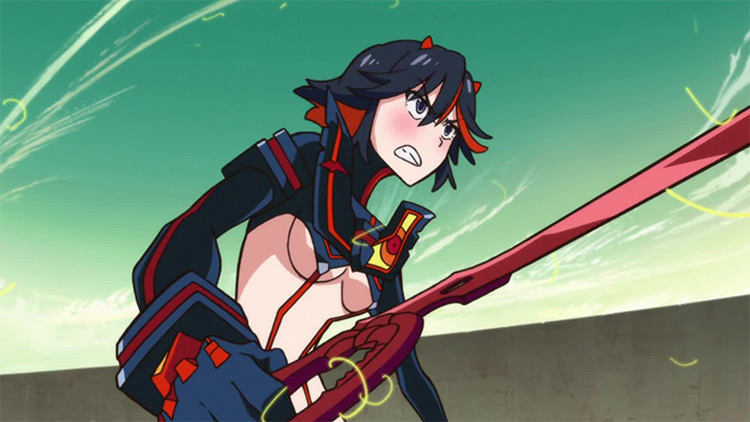
The Kill la Kill soundtrack was composed and arranged by Hiroyuki Sawano, the man responsible for a ton of hype-inducing epic anime music.
The most popular track here is “Before my body is dry”, which has the iconic “don’t lose your way” line that catapulted the (already) ridiculous scenes of Kill la Kill to greater heights.
I enjoy the heavy rock, orchestral, and even oriental instrumentation. But I love it when a song utilizes a lot of electronic elements, especially synths.
Songs like “InuKa3L (Hoka Inumuta Theme), “Blumenkranz”, “Suck your Blood”, and “Kixtu9=KELL” prove how electronic instrumentation can help translate the insanely detailed setting of Honno City (and the often brooding appearance of Honnoji Academy) into music.
Like the anime (and Studio Trigger), the OST is oozing with raw talent and personality.
20. Tonari no Kaibutsu-kun (My Little Monster)
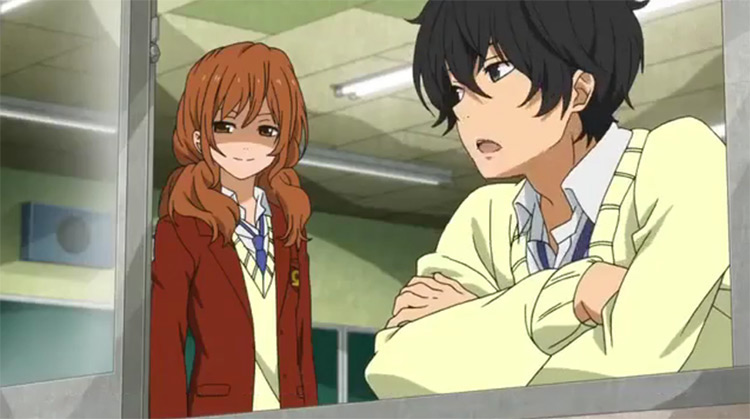
My Little Monster isn’t as acclaimed or popular as many entries here.
But it’s a personal favorite of mine — and its soundtrack can go head-to-head against the best.
Once “Tetsukazu no Kanjou” hits, I’m immediately sent to my early years in college, studying during the summer semester and watching anime after class.
I don’t know. I guess the My Little Monster OST perfectly encapsulates how a slice-of-life, school, and teenage shoujo romance anime should sound.
As if it was made by a young, independent artist in their cozy sunlit bedroom.
This never fails to make me smile with its overwhelmingly cheerful, easygoing, and youthful sound. And I hope it can brighten your days as well.
19. So Ra No Wo To (Sound of the Sky)
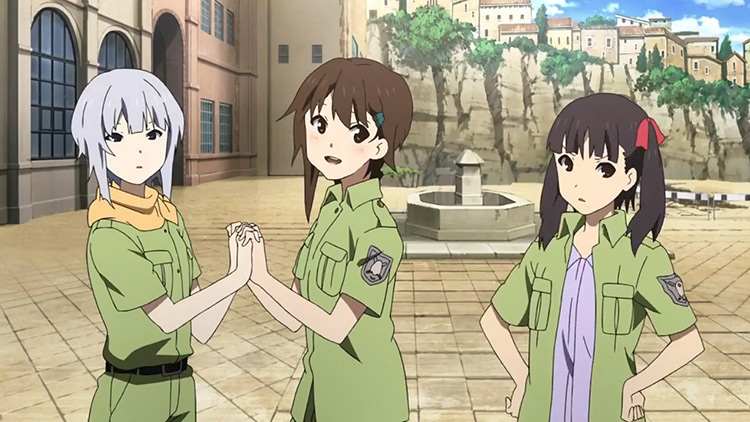
Michiru Oshima is a veteran composer who’s worked on Little Witch Academia, Fullmetal Alchemist, and one of my all-time faves, The Tatami Galaxy.
So what makes her work on Sound of the Sky compelling?
Everything about it, honestly.
For context, the anime is a mix of military conflict, music, and daily life in a town where people do what they can to find the good that remains in humanity, celebrating traditions when possible.
It has five MCs, all girls in a military platoon stationed in Seize, with Kanata Sorami hoping to be a bugler.
Even if you haven’t seen a single second of Sound of the Sky, its OST is still beautiful (and its French titles add to its charm for me) in a way that doesn’t disregard the harsher, sobering aspects of life in Seize.
If you have seen the series, your heart surely has a special place for the likes of “Servante de feu” and the “Amazing Grace” cover.
Honestly, it’s a timeless soundtrack of an under-watched anime gem.
18. Rurouni Kenshin
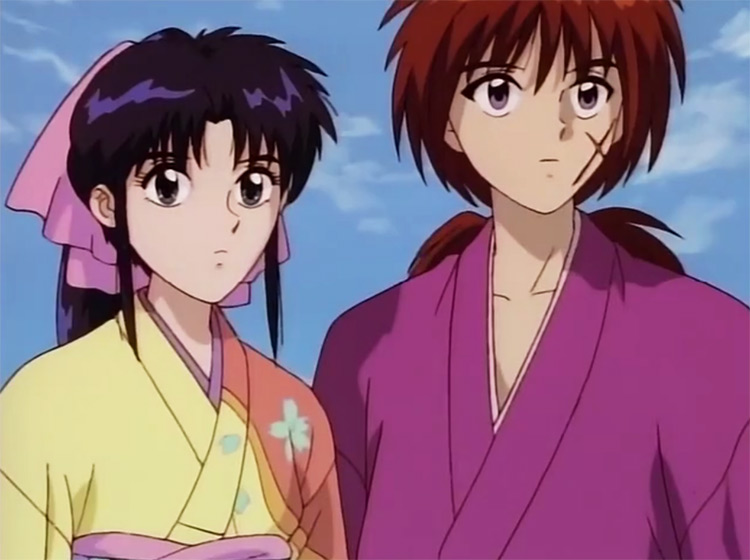
Rurouni Kenshin purportedly has a whopping nine soundtracks.
I’ve personally not heard every single one. But I’ve definitely heard enough to place the series at this high spot on my list.
I grew up watching this show on TV. I wasn’t even old enough to appreciate the sociopolitical and historical elements — I just loved the sword fights, all melee fights, and the consistently great OPs and EDs.
So when I hear the string version of “Kimi wa dare wo Mamotte Iru” or the master mix of “Departure”, I feel a deep sense of nostalgia and gratefulness for people like Kenshin Himura. Someone with a bloody history but who’s sincerely repentant and ultimately a man who yearns for justice and peace.
I doubt the OSTs would appeal to those who’ve never seen the show.
But even other anime fans will notice how the songs feel like “old anime”, harking back to the art style and tropes of the 1990s anime industry.
17. Hyouka
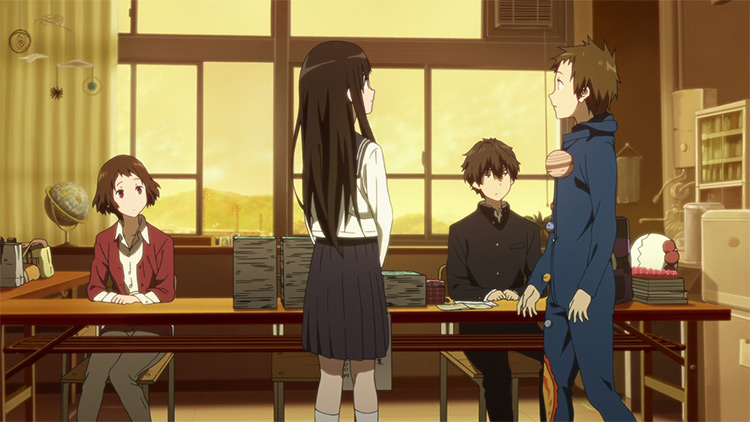
Hyouka is a lovely piece of art, carefully crafted by none other than Kyoto Animation.
Sure, some call it pretentious or boring.
But for people like me, Hyouka is a near-perfect series with one of the most stunning final episodes ever. I didn’t even know how it managed to juggle slice-of-life and school elements with mystery.
Yet somehow, its soundtrack also contains these three genres:
“Bara no Hanabira ga Mau you ni” sounds like the first day of school once classes are over and you and your friends are walking home together. Likewise, “Danjo no ma ni Nagareru Utsukushii Kuuki” fits the lazy days of Oreki.
Then you have “Fumeiryouna Seishitsu o Tomonau Jikan”, whose sound is unequivocally reminiscent of classic mystery and detective shows.
And those are just the first three tracks in the soundtrack. It’s genius, really.
16. Mahou Shoujo Madoka★Magica (Puella Magi Madoka Magica)
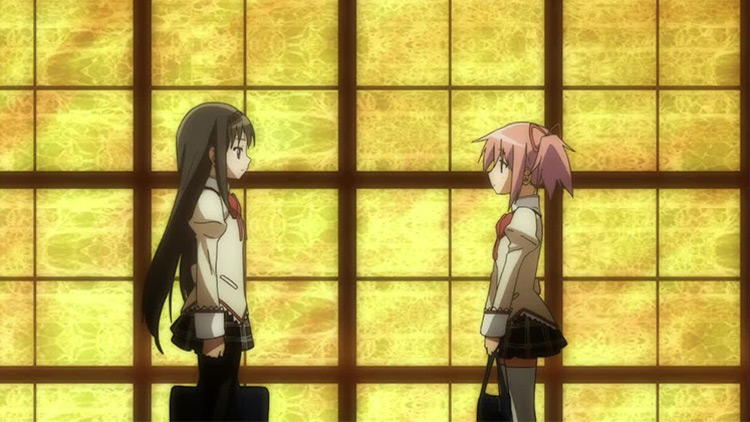
I recently had a rewatch of this phenomenal series from the mind of Gen Urobuchi — and it was only then I realized how effective Yuki Kajiura’s music was as a moodsetter.
People will likely never agree on whether PMMM was a deconstruction of the magical girl genre or just a different take on it, but its stunning cinematography and epic soundtrack are hard to deny.
You don’t even need to listen to all the (equally impressive) soundtracks of this franchise to discover its enchanting appeal.
The first track of OST Volume 1 “Sis puella magica!” already casts a distinct spell over the listener, but its mood is neither just pure happiness nor melancholy. Rather, it’s meditative and ominous.
It captures how Madoka Kaname (and the rest) feels toward being a wish-fulfilling powerful magical girl.
“Credens justitiam” is like how a character first takes flight in their arduous journey, featuring an uplifting chorus and an overall pace indicative of utmost joy. In context with the series, this is unforgettable for a wholly different reason, so do check out PMMM before trying the OST if you can.
15. Dorohedoro
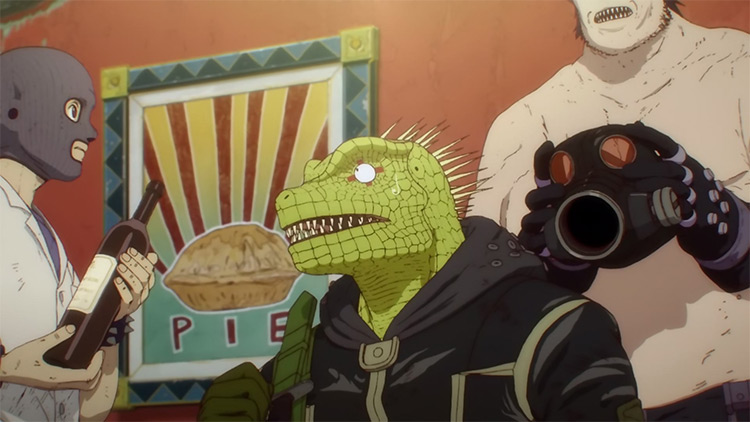
MAPPA has only been around since 2011. But it has established itself as a formidable studio by taking on notable projects like Watanabe’s Kids on the Slope and Terror in Resonance, Yuri on Ice, and Dororo.
Earlier this year, MAPPA released Dorohedoro.
I don’t think there’s been any other anime like recently, judging from the character design, setting, visual style, and the soundtrack.
Instead of hiring a single composer adept in classical music, the team behind Dorohedoro opted for a multimedia group in Japan called [K]NoW_NAME, and it worked.
Dorohedoro got a 48-track soundtrack that’s just as unpredictable as the series, containing everything from gritty, industrial sounds, and heavy metal to something bright and catchy like “FUNNY FAMILY”.
14. Kimi no Na wa. (Your name.)
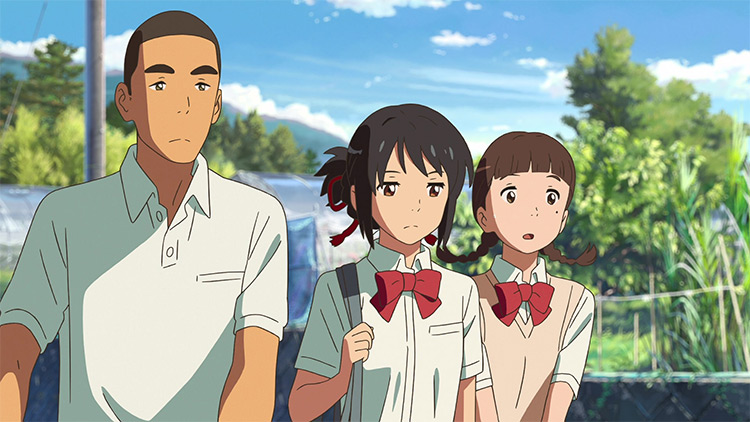
I honestly can’t think of any other anime film soundtrack that’s as famous as Your name.
And it does deserve all the listens. Makoto Shinkai knows how to personally create stunning cityscapes and backgrounds.
Fans have known that since The Place Promised in Our Early Days.
But the filmmaker also has an ear for music:
He knows how to pull one’s heartstrings at the right moment with his song choice and placement.
From the moment when Mitsuha saw what was written on her hand to the final scene that justified the pain fans got from 5 Centimeters Per Second, the songs were essential to their emotional impact.
Radwimps crafted a catchy, lovely album that fits Shinkai’s stories of adolescence, distance, and love, which is why they were back for Weathering with You.
13. Made in Abyss
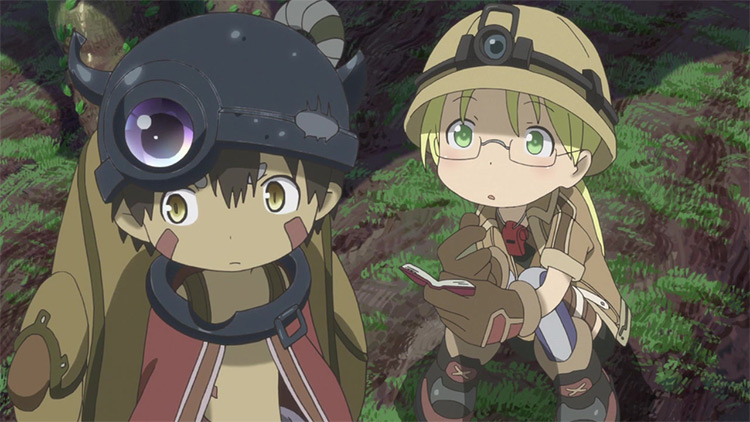
Made in Abyss makes me think of vintage Japanese fantasy RPG for some reason… so it was a pleasant surprise to know that the composer Kevin Penkin makes music for video games as well.
Many tracks in the OST, from “Theme of Reg” to “Welcome to my World” and “Those Everyday Feels”, feel like the beginning of a new adventure in a world filled with magic, nature, and taverns.
Other parts are reminiscent of the parts in a game where you discover mysterious areas, engage in boss fights, and (most especially) get to the emotional climax.
And everyone who saw this series surely knows a thing or two about heart-rending moments.
12. Ping Pong the Animation
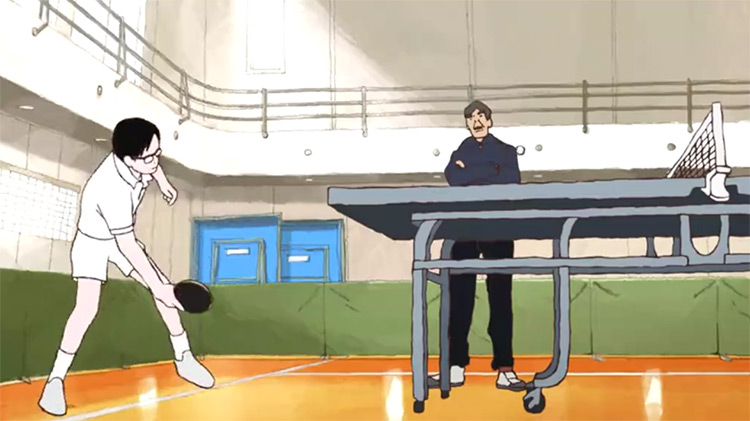
Possibly my favorite Masaaki Yuasa anime to date, Ping Pong the Animation has an unusual art style that discouraged a lot of potential viewers from finishing the series.
But I didn’t find it obnoxious, even when people pointed out the supposedly terrible animation.
In contrast, the visual aesthetic grew on me. And with the help of its equally distinct soundtrack, certain scenes are still ingrained in my mind after all these years.
Seriously, Kensuke Ushio did a fine job here — and I’m a huge sucker for well-made electronic tracks.
I can’t imagine the show’s defining moments being as evocative without tracks such as “Hero Appears”, “Hero Theme”, “Four Eyes Attacks”, and “Ping Pong Phase 2”.
11. Yuru Camp (Laid-Back Camp)
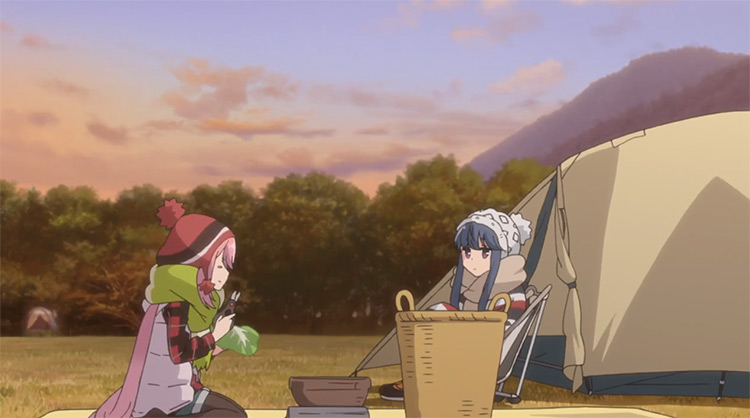
Similar to My Little Monster, Yuru Camp has a soundtrack that can lighten up the mood within the first few seconds — but there’s a difference.
Given that the five girl MCs love camping, the OST embraces nature and the relaxing outdoors with open arms.
Many tracks depict distinct periods of camping:
The “Yuru Camp Theme” is when you’re setting up camp or cooking food by the campfire while “Solo Camp” (as its name implies) feels like an early Saturday morning when you’re walking to the campsite.
Other tracks fit moments of wonder at the beauty of nature, and at the act itself of making time in your busy schedule for the outdoors — and being there with your dearest friends.
10. Darker than Black
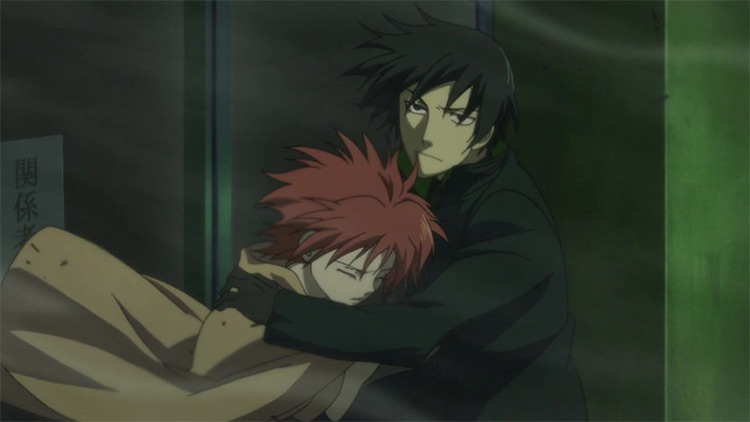
Darker than Black had a significant change when season two came around, not just in its storytelling, but also in its music.
The largely jazzy soundtrack for S1 was composed by Yoko Kanno, and its final track is “Yin’s Piano”.
This is a beautiful piece played during one of the season’s most enthralling and poetic (pun intended) episodes.
This OST also included the first OP and ED of DTB: “HOWLING” by Abingdon Boys School and “Tsukiakari (Moonlight)” by Rie Fu. Respectively, these remain as one of my all-time favorite OP and ED themes.
Then the first season got a Blu-ray release, so another OST came out, and it included more Yoko Kanno goodies like “M25-3” and “Total Eclipse”.
Soon after, Season 2 and the OVA series arrived with their own soundtracks. This time, the composer was Yasushi Ishii, a man who could do jazz as well.
The Season 2 soundtrack had solemn piano pieces and jazz too (and a lovely track called “Brand New Happiness”, but it also featured many upbeat electronic and rock tracks).
And I loved them all.
Tracks like “Dive into the 9”, “Savage Dog Cerberus”, “Galaxy Train”, and “No. 23” keep me going back to DTB S2 even though it wasn’t as positively reviewed as the first.
The OVA OST is a different kind of beauty with 33 tracks (many just around two minutes long) and a mix of rock, jazz, experimental instrumentation. Here, I highly recommend “Disillusion”, “Electronic Dragon”, “Fortuna”, “Hollow Senation”, and “DARKER THAN BLACK ~ Can you fly”.
Simply put, Darker than Black has top-notch soundtracks well worth checking out. Especially for fans of the anime.
9. Shingeki no Kyojin (Attack on Titan)
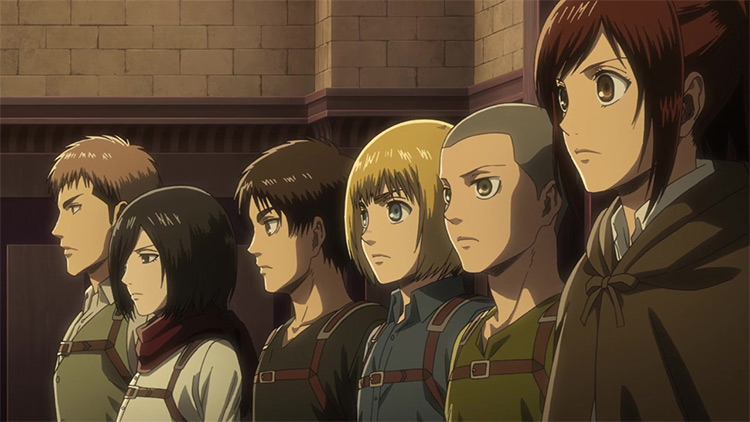
I’ve mentioned earlier that Hiroyuki Sawano knows the secret ingredients to ambitious, orchestral anime music — and this is his best work yet.
The current set of Attack on Titan soundtracks (spanning three seasons that improve one after the other) has over six hours of Sawano greatness.
You don’t need to do anything epic. You could be on your bed, having tea. But the moment you play this OST, you’ll feel like you have to save the world, slay man-eating monsters, and hope to live another day in a highly unforgiving and politically tumultuous setting.
To be fair, it’s not all about epic orchestral pieces, intense rock drumming, guitar playing, and choruses that seemingly herald the end of days.
Otherwise it would feel monotonous. Like there’s no story.
“So ist es immer” from the Season 2 OST is a fine example that offers reprieve between the industrial, heavy rock, and searing string pieces.
Some tracks give you time to breathe and appreciate the exquisite landscapes in Shingeki no Kyojin, or they fit the less brutal, more ordinary moments of the characters’ lives. They may be solemn because a few (or a lot) of your favorite characters just died.
Likewise, some pieces give characters the appropriate tone to tell their background stories and iconic speeches.
Still, I’ll remember Sawano’s music for Attack on Titan the most for its most audacious, heart-stopping tracks like “ətˈæk 0N tάɪtn”, “APETITAN”, and “K2-”, to name a few.
8. Samurai Champloo
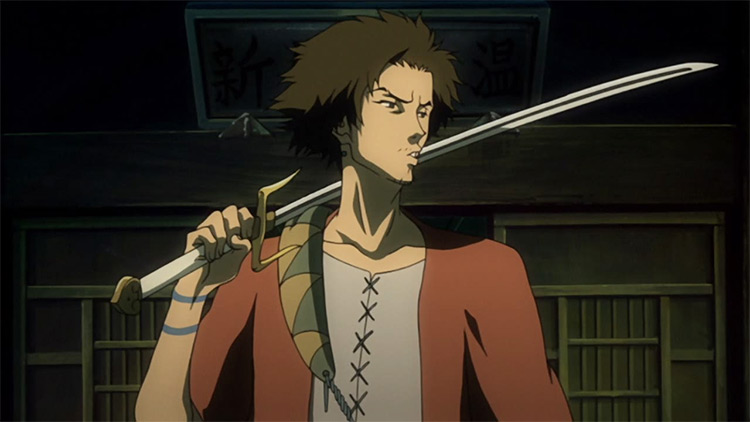
If you’re on the lookout for slick beats, ambient grooves, and chill and funky hip-hop tunes, look for any of the Samurai Champloo soundtracks.
Seriously, you’re going to end up with treasure no matter which one you start with:
The first soundtrack Masta features music from DJ Tsutchie and Japanese rap group Force of Nature, and I personally enjoyed the weirdness of “Paranoid” and, well, the drumming in “The Long Way of Drums”.
Then again, fans of the series will most likely point you first to the second soundtrack Departure.
Why?
It’s’ because Departure was produced in part by the late great Nujabes, who’s been touted as one of the pioneers of the lo-fi hip-hop sound that’s found its audience on YouTube and other streaming platforms.
So if you want to unwind and enjoy your night (or day at the beach), play a Samurai Champloo record.
7. Houseki no Kuni (Land of the Lustrous)
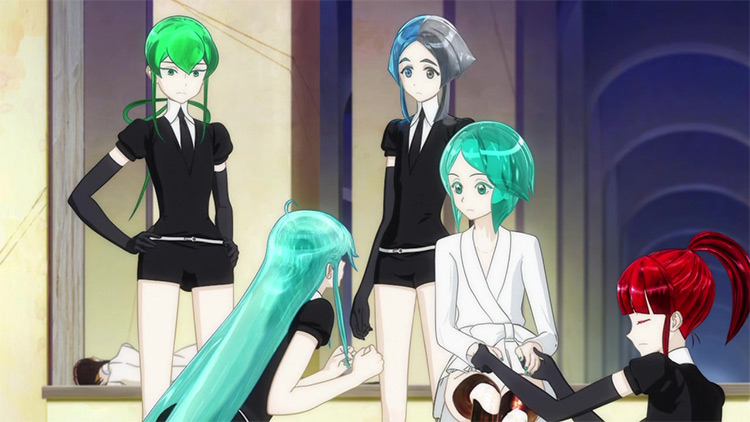
The moment I heard Fujisawa Yoshiaki was the composer for this visually stunning (a surprise, given how other CGI-heavy anime were terrible) and well-written series, I knew the OST was going to be something special.
You see, Yoshiaki is well-versed in classical music. And he clearly knows how to arrange pieces to get the full effect. I love his work on GATE, Dimension W, and Love Live.
This is one of his best works, seamlessly complementing the one-of-a-kind world of Houseki no Kuni with rich instrumentals filled with fantastical strings, keys, woodwind, chimes (or bells), and percussion.
The soundtrack feels unhurried, always in control and aware of what it should evoke, and when it should feel more personal or all-encompassing.
6. FLCL
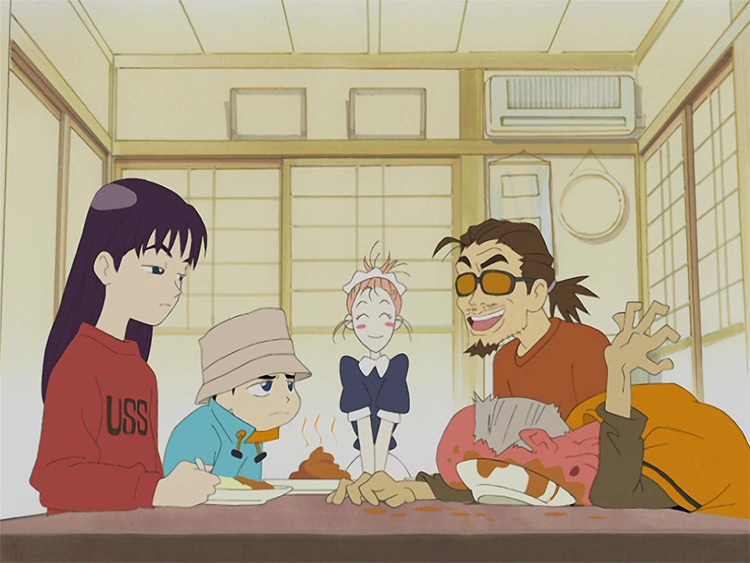
FLCL introduced me to The Pillows. And for that, I’m eternally grateful.
Seriously, I don’t even remember what exactly went on in the anime because it’s been more than a decade since I last saw it.
And yet, I’ve listened to this soundtrack in full at least twice a year since around 2016.
This is my favorite rock anime OST ever, and nothing comes close to the untethered joy and youthful energy this brings from beginning to end.
FLCL is satisfyingly offbeat and frenetic (yet still profound), and its music is so appropriate.
It’s not exactly lo-fi music. But it has these bits of recording “imperfections” that give it a sense of sincerity, much unlike the overproduced, distressingly pristine sound quality of some modern rock albums.
Even if you’re not interested in the series (but you should be), listen to this. At least give my fave track a try: “Stalker Goes to Babylon”.
5. Shouwa Genroku Rakugo Shinjuu
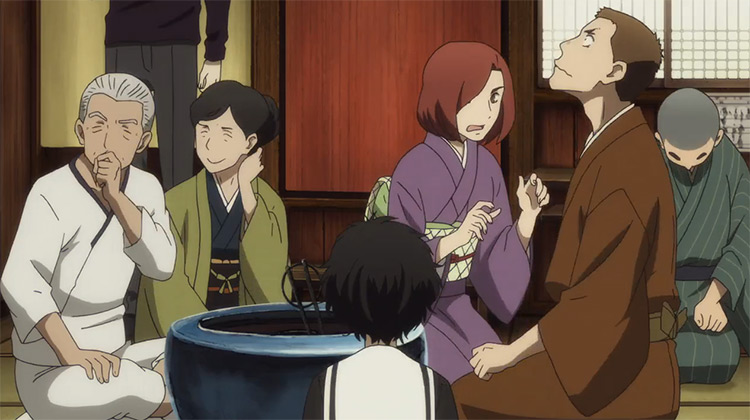
For many years, Studio Deen was the target of many jokes because of how it handled a few anime titles — then Shouwa Genroku Rakugo Shinjuu arrived in 2016.
Somehow, the studio gave it their all not for a shounen or harem show, but for a drama josei set in early 20th century Japan. Particularly about the (dying) art of rakugo and the people who strive to preserve it while facing their own personal troubles.
This soundtrack is pristine in its blend of orchestral and jazz pieces. These display the rich, colored history the beloved MCs lived in as they went from the countryside to cities to showcase their talents, learning to continue their art even with the drastic sociopolitical and cultural shifts over the years.
The relatively young composer and pianist Kana Shibue should be very proud of her work here. Perhaps her magnum opus.
4. Cowboy Bebop
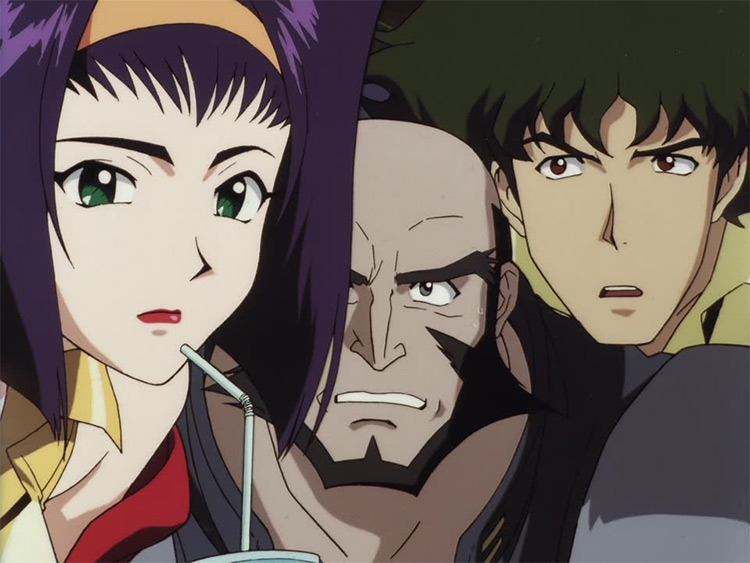
What else is there to say about this soundtrack?
Cowboy Bebop is widely considered a masterpiece. And its OST by Yoko Kanno (and the band Seatbelts that she made just for the show) is just as praiseworthy.
The most popular OST is the first one and is simply titled Cowboy Bebop.
This OST has the iconic “Tank!” OP and it’s the best introduction to the jazz and blues sound of the series — and it has the very short “Cosmos”, which seems perfect for black coffee on a rainy Sunday.
Then you can head to three soundtracks No Disc, Blue, and Future Blues.
These are all considered to be more diverse in their sound, covering everything from swing, heavy metal, and lounge to Arabic music.
Blue has a song with whistling called “Go Go Cactus Man”, which is then followed by the funky “Chicken Bone”, but the most popular track there, for good reason, is “Call Me Call Me” (although the orchestral performance of “Ave Maria” is noteworthy too).
3. Neon Genesis Evangelion
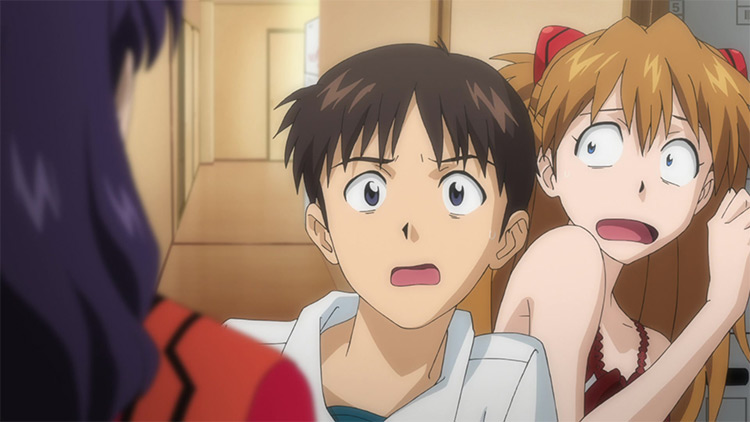
Neon Genesis Evangelion will eternally be a divisive franchise. But one thing’s for certain: it’s one of the most influential anime in history.
If you’ve seen the anime, you know how grand, demented, and ceaselessly suspenseful its music can be.
Especially when the action reaches its peak and when things turn apocalyptic.
That’s all thanks to the legendary Shiro Sagisu, who has been in the industry since the 1970s.
For a quick peek at his genius mind at work, check out the orchestral music-filled End of Evangelion OST (actually, he’s the main composer of nearly all Evangelion soundtracks).
And if you need a breather, listen to the first NGE soundtrack, containing “Cruel Angel’s Thesis”, “Fly Me to the Moon”, and “Komm, Susser Tod” (preferably, drink orange juice for this one track).
2. Koe no Katachi (A Silent Voice)
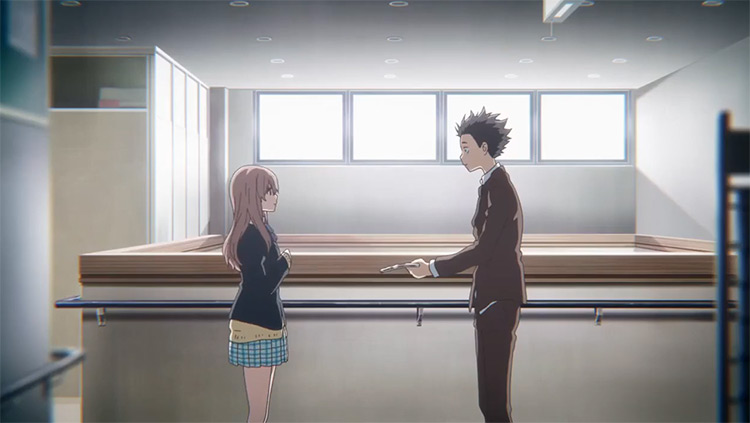
I had a hard time choosing between this and my No. 1 pick because both are masterpieces, and A Silent Voice has a soundtrack that works and only becomes deeply meaningful in context with the film.
Here’s the thing:
A Shape of Light: A Silent Voice The Movie Original Soundtrack is unlike every other soundtrack here.
It’s not catchy at all, and most of its instrumentals aren’t the usual classical tracks filled with rousing strings, melodic piano, fantastical woodwind and brass, or angelic choruses.
But this roughly two-hour, two-CD OST is the only work of its kind I’ve heard that eloquently translates to music what a deaf girl and a repentant bully are going through in their troubled lives.
It sounds soft and bare, at times uncomfortably so. But it’s all for the viewer to understand the characters’ vulnerability and isolation, of how they perceive their social environment and how they truly feel.
Did you know that Kensuke Ushio placed a mic inside a disassembled piano to make the tracks sound the way they do? All to give that relative unease amidst the silence between the keys.
A Silent Voice is an important film. And I’m glad director Naoko Yamada helped Ushio find the best way to compose the soundtrack. Truly, there’s nothing quite like “lit” accompanying the perfect final scene.
1. Zankyou no Terror (Terror in Resonance)
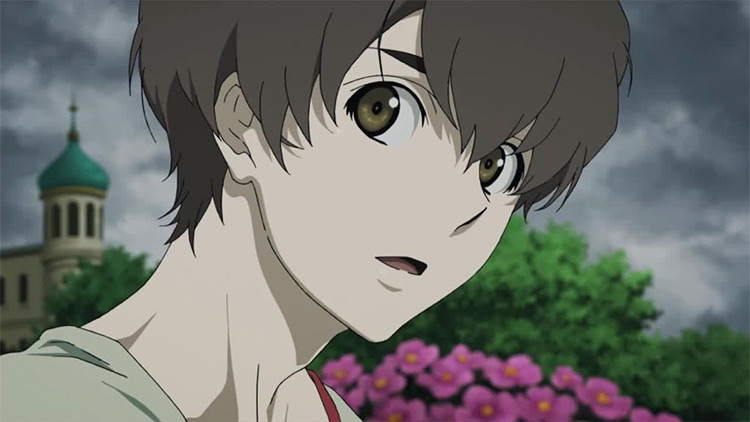
It had to be A Silent Voice or Terror in Resonance at the top, and I think it would have felt right either way.
Despite its flaws, Terror in Resonance is still one of my favorite anime — perhaps my favorite from the last decade.
It’s a problematic masterpiece in my eyes.
Zankyou no Terror is a psychological mystery thriller with lofty goals, concerning itself with international politics, terrorism, and a distinct feeling of disconnect and loneliness (particularly among the millennial generation). Of knowing the future is uncertain, but not knowing if ordinary people can effect change.
It’s an amazing show from a tech standpoint, with top-tier art, character design, animation, and cinematography that gives it a filmic look throughout.
But let me focus on the soundtrack and why it deserves the crown.
Given what I’ve just said about the show, the music needed to form part of its identity. So much so that key moments can happen with barely or no dialogue at all, with only the visuals and music telling the story of Nine, Twelve, and Lisa.
Director Shinichiro Watanabe said that Sigur Ros (an Icelandic post-rock band) was what led him to crafting the story of Terror in Resonance, and that the team even went to Iceland to record the OST.
I didn’t know about that tidbit when I saw the show six years ago. But I was already commenting on how the series looked and sounded cold and contemplative, even before the show itself mentioned Iceland.
Yoko Kanno has composed a ton of excellent anime music throughout her career. But I truly believe this is her best work yet.
The two soundtracks have this Icelandic attribute in their genetic code. I’m not sure about all, but many tracks have Icelandic titles, and a few feature Icelandic vocals. Yet even without Icelandic titles and vocals, every song still sounds Icelandic.
Even “ドブと小舟と僕らの神話(Full Ver.)” that has Japanese lyrics sung by Galileo Galilei’s Yuuki Ozaki still feels cold, Icelandic. It’s bafflingly remarkable how consistent the OSTs are vis-a-vis the anime.
Now I don’t know how Kanno was able to translate into music what Watanabe envisioned while listening to Sigur Ros. It’s amazing.
But don’t get me wrong:
The tracks still vary in the mood they evoke. The first track “lolol” is ominous and sets the tone for the series.
“Von”, “hanna”, “birden”, “22”, “bless”, and “ís” feature lovely voices and are crucial to the most iconic scenes.
Songs like “veat”, “crystallized”, “wilhelm”, “ioloi”, “wolke”, “future terror”, “vad”, and “pcp” can cover the investigation, suspense, and action scenes, while “ioloi” shares the same ominous vibe of “lolol”.
“Nc17” and “ess” fit specific parts in the anime — and the same goes for the playful, childlike “Juno”.
Lastly there’s “Elan”, used in arguably the most emotionally resonant moment in the anime. No dialogue, just the song playing while “Nine” looks at something distant.
Simply put, the Terror in Resonance soundtracks are masterpieces that just happen to be made for an anime show. If I was asked about my favorite OSTs across mediums (including non-anime titles) it would still rank high on my list — and it may even get the top spot again.
